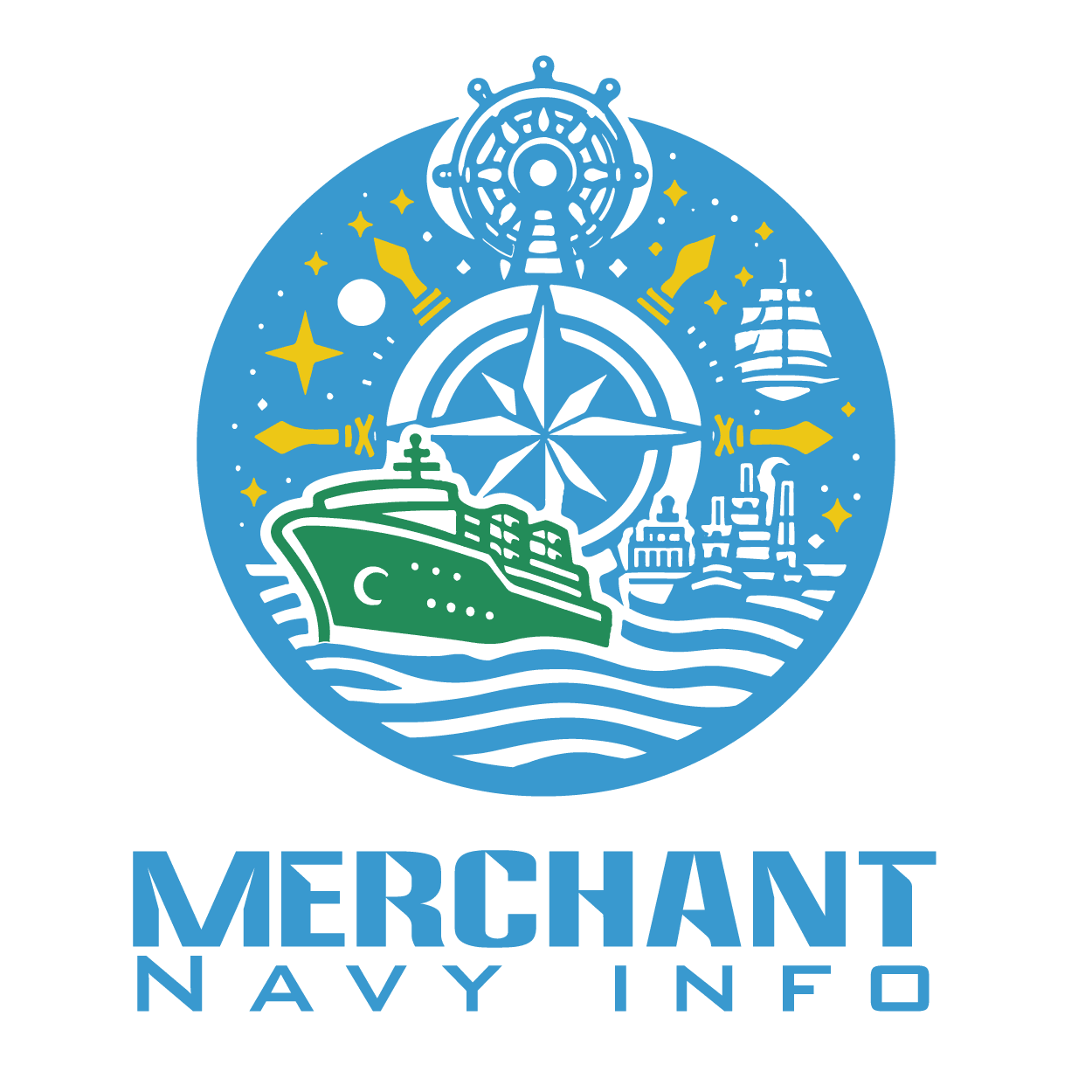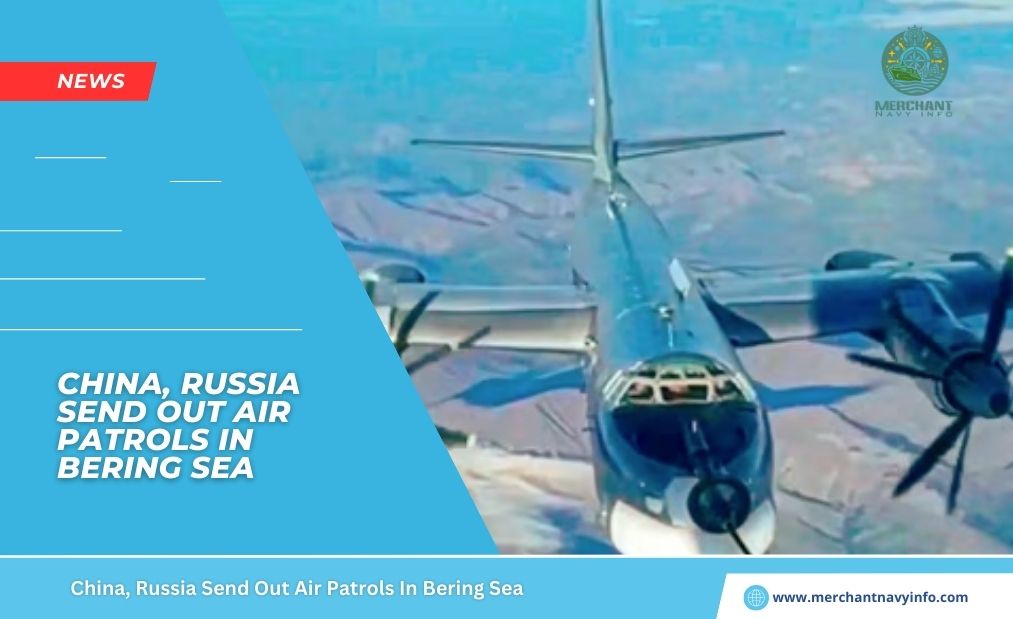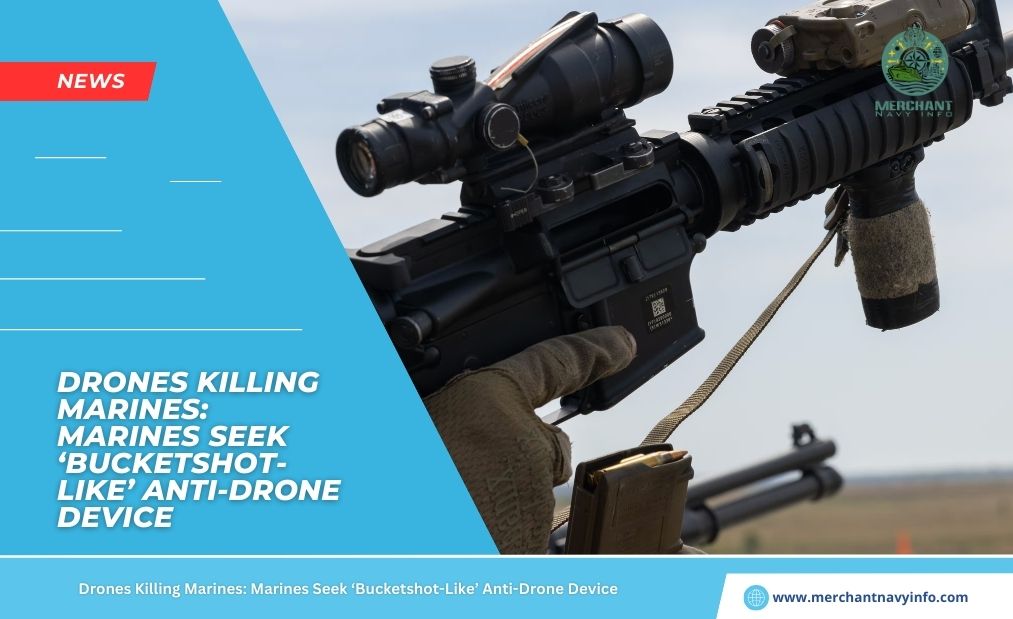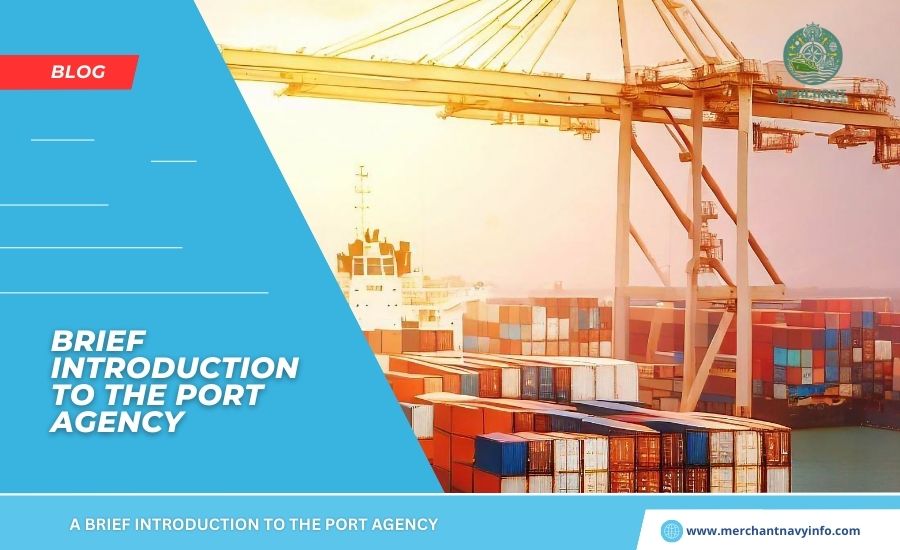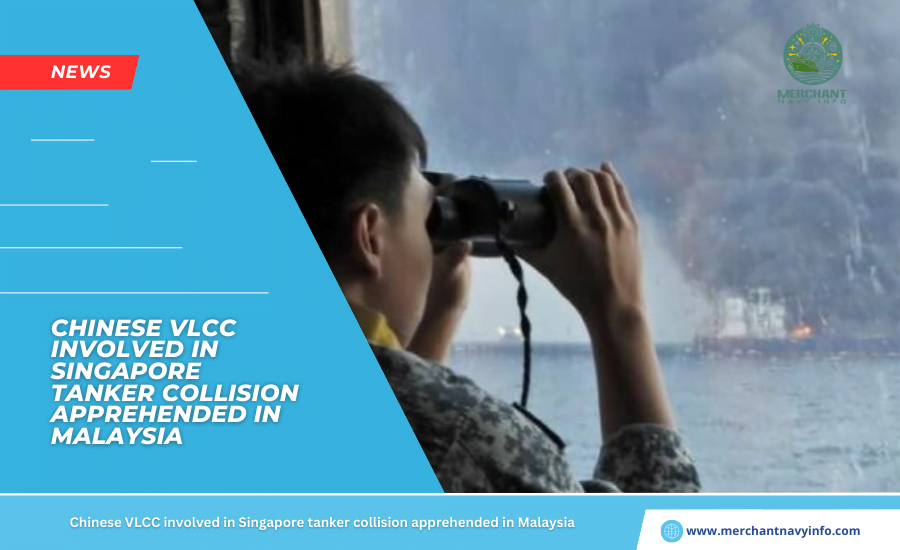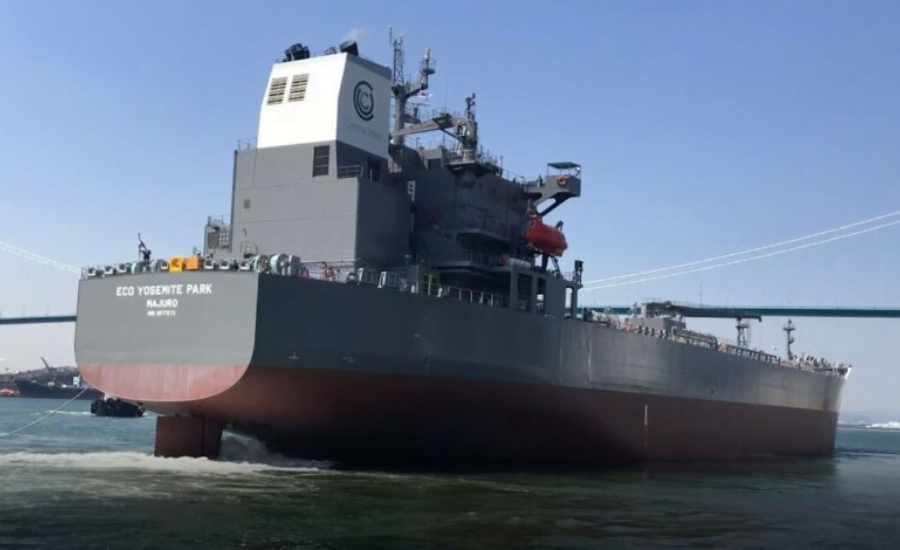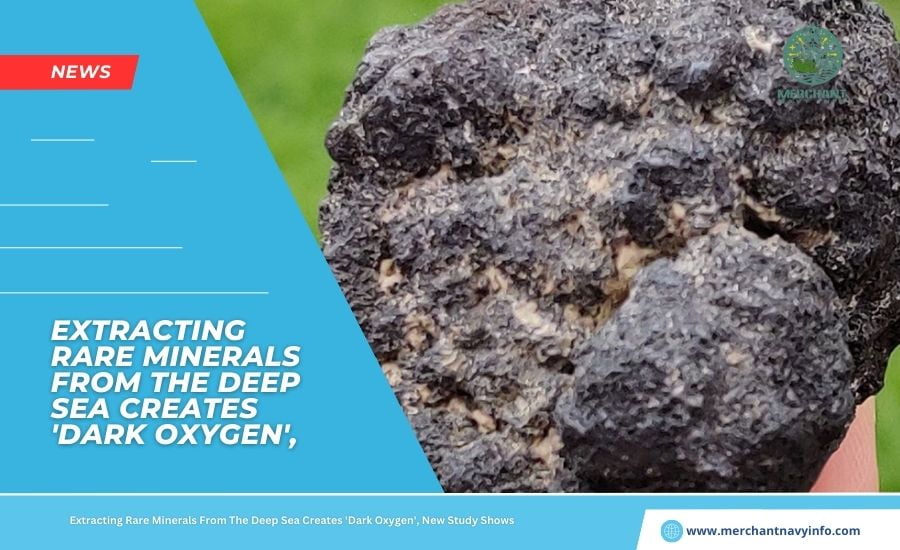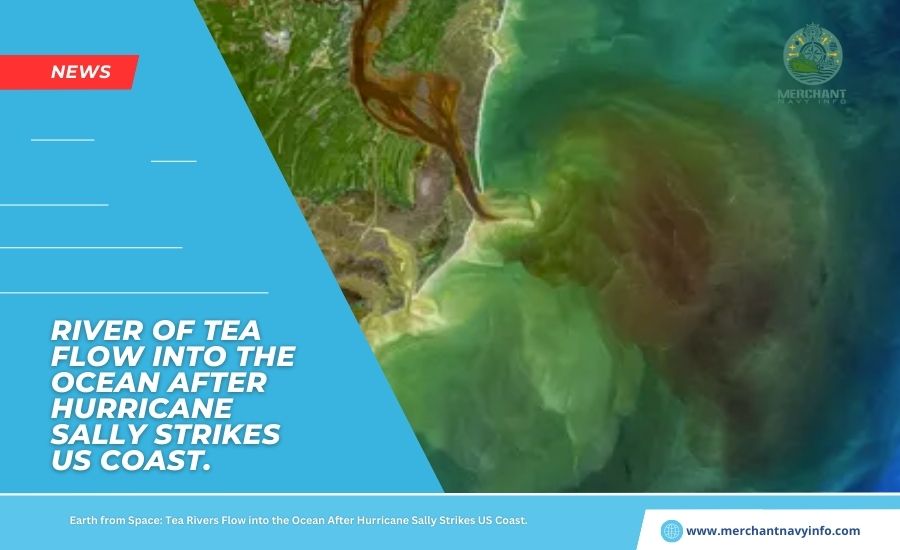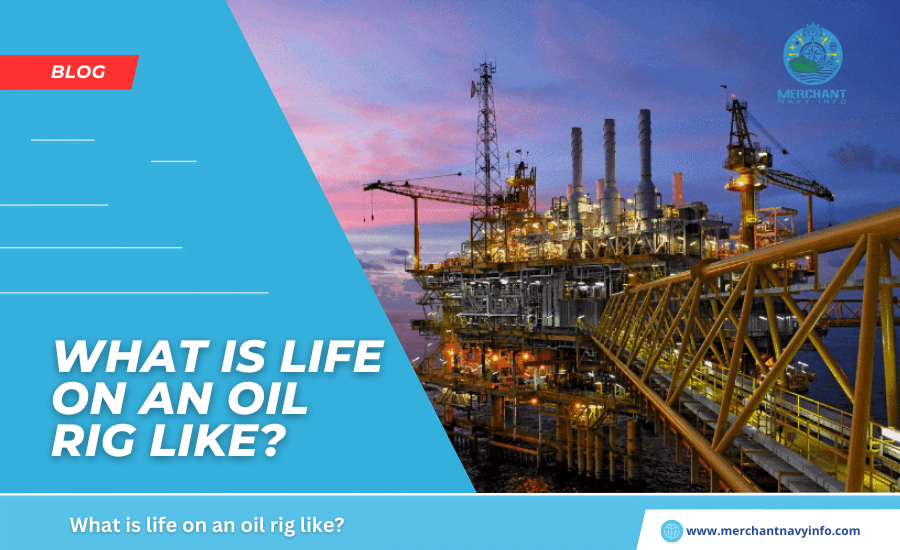
Offshore oil rig and floating cities are cities that never sleep. It towers over passing ships, working silently around the clock, carrying out its mission far from the nearest shore.
To meet the world’s energy needs, billion barrels of oil and gas are produced from drilling rigs and gas wells. The oil industry is at the heart of the world economy, and fluctuations in oil prices affect all countries. We have a number of resources on how rigs work, what equipment they carry, eligibility to participate in offshore rigs, and more. But have you ever thought about the lifestyle and daily life of those who live and work on oil rigs?
In Search of Life at Sea and the Origins of Oil
Rig 500 years ago, oil rig Demand far exceeded supply. In addition to collecting oil that seeps into the ground through onshore oil pipelines and wells, oil companies are beginning to explore beyond, building drilling rigs to extract crude oil beneath the ocean floor through hydraulic fracturing. Developed.
Open water drilling becomes important for the first time in the Gulf of Mexico. This created the first offshore oil well structure. The news spread, and new areas were discovered, including Scottish waters and the North Sea.
So Why are Offshore and Oil Rigs in Such High Demand?
Most devices today are powered by traditional energy methods, primarily based on fossil fuels. In the process, these fuels are burned to indirectly power factories, industries, automobiles, residential areas, etc. Alternatives are natural resources such as water, wind, and solar-based energy sources.
However, based on current technology, fossil fuels definitely have the highest level of efficiency. However, they emit huge amounts of greenhouse gases, which contribute to climate change.
The reason why offshore oil platforms have become so common is due to the influence of onshore drilling. Sustaining such operations requires vast amounts of land, and an ever-growing population without sufficient land only compounds the problem.
The Life of an Oil Rig Worker
The life of someone who decides to enter this industry changes dramatically. Life on an offshore oil rig used to be difficult, but there have been major changes, and living conditions have improved. You need equipment to start working on your rig. Therefore, you will be provided with safety glasses, a helmet, overalls and steel-toed boots on arrival. Safety training will be conducted pre-employment and periodically during employment.
The oil rig workers work eight- to 12-hour shifts with breakfast, lunch, and evening meal breaks. This industry requires him to work 24/7, so he may have to work night shifts. This may seem difficult, but a two-week work session on the rig gives the worker almost three weeks off. This is intended to compensate for heavy labor on offshore platforms.
And when you’re on an oil rig, you don’t have to worry about food, laundry, or accommodations. Rooms with bunk beds are common to save valuable space and increase camaraderie with colleagues. This property also has a designated smoking area, and smokers are provided with safety matches to ensure compliance with safety regulations at all times.
A Typical Day for an Oil Rig Crew
Work shifts on an oil rig vary by arrival time and work conditions. You will then be assigned a 12-hour work shift, followed by a 12-hour off shift. The exact hours may vary as they depend on the specialized job. Since you will be working for two weeks with limited entertainment options, companies often hire you for long periods with ample breaks in between. So you may be awake for almost 16 hours and sleep the remaining 8 hours.
This may shock many as an inhumane workday, but remember that any time you don’t spend sleeping on an oil rig is considered “work.” This time includes meal times and designated relaxation times aimed at ensuring the health of the staff. To avoid wasting time, each crew member creates a work roster with a detailed schedule and strictly adheres to it.
Training and Education for Life on an Oil Rig
Working on an oil rig is not an easy task for amateurs. The machinery used is specific to this field and the nature of the work varies and can be physically demanding. For this reason, most oil and gas companies have an long list of qualifications and requirements for their employees.
People with a minimum level of education can apply for entry-level jobs on oil rigs after completing a diploma or specified course. They can be stewards, galley workers, ground workers, and welders. Engineers require a degree or certification to design robust offshore structures, with special attention to stability and other factors.
Workers who repair machinery, install equipment, weld, etc., must be qualified to operate heavy and specialized machinery. For example, offshore and offshore welders have completed a comprehensive array of courses and certifications needed to work in the industry.
Mainland Connection
Mainland connection is always important in all offshore operations. Serves as the closest source of supplies, equipment, and emergency assistance. Therefore, all companies in this industry pay particular attention to how they plan the logistics behind an mainland transportation. The most common method of transporting crew, personnel, and equipment is by specially modified VTOL helicopters. Famous helicopter manufacturers include Airbus and Bristow Group. There are different classes of aircraft for different purposes.
The small helicopter carries passengers in a carriage of less than ten people, including the pilot. It is used to ferry small groups from the coast or inspect offshore pipelines with small crews. It can carry important supplies but not suspended loads. There are two main variants of the medium helicopter. Passenger versions handle larger groups of passengers, often in shifts of 15 people. The cargo version can also be used to transport larger loads and medium-sized hanging loads. large helicopters capable of transporting large equipment, suspended cargo and up to 20 passengers. These are used for more robust and heavy applications.
VTOL
VTOL refers to vertical takeoff and landing. This means the vehicle can rise or fall vertically without shifting center. This is ideal for demanding operations where space is limited. There is also less chance of the helicopter tail coming into contact with the equipment.
These helicopters operate as follows: to drop goods and passengers off at offshore locations. The helicopter approaches the helipad downwind of the flare stack. This is to prevent harmful gases from filling the engine system and the occupants. With the cargo hanging from the landing gear, slowly lower the landing gear onto the deck and uncouple it. Ground staff will then remove your luggage. The decoupler is a critical component as it is used to free the helicopter from excess cargo in an emergency.
Oil Rig Crew Pay and Benefits
Despite the demanding lifestyle of an oil rig crew, being at the forefront of an ever-evolving and complex industry is a satisfying opportunity. Rest assured, only a select few can handle the work of these professionals. Oil rig workers have many benefits in addition to high salaries.
The pay is unparalleled, considering you’ll be working with state-of-the-art equipment, with no prior experience required. There are also opportunities to work in different regions and different parts of the continent. For those who love the sea, this is a great opportunity to experience the beauty of the sea firsthand.
Work typically lasts 2-3 weeks per shift, so you will be given the same amount of vacation time at the end of your shift. This means you can spend time with your family even outside of working hours. Even if you have to come into the office from time to time for briefings or team meetings, that time is set aside for you to relax.
What Happens to an Oil Rig at the End of Its Life?
When an oil rig ceases production, companies can cap the well and remove the platform or remove just the top and turn it into an artificial reef. Over many years of operation, the rig’s piers beneath waves and mud have become integrated with the marine ecosystem in many ways.This practice of converting decommissioned oil rigs into coral reefs began in the United States in 1984, 40 years ago. That year, the U.S. Congress passed the National Fisheries Enhancement Act, highlighting the benefits of turning oil rigs into coral reefs.
Alabama, Louisiana, Mississippi, and Texas have oil rig reef programs that have converted more than 500 oil rigs into artificial reefs. The Underwater rig is the perfect skeleton for coral reefs, shells, small fish, and other marine animals. Oil rigs like Platform Holly are some of the most prosperous artificial marine habitats with a wide variety of fish. But even these reefs are at risk, as oil can still leak from the original wells and pipelines. In 2021, a pipeline leaked between the Erie Platform and the Port of Long Beach, California. This affected marine animals that lived near artificial reefs.
